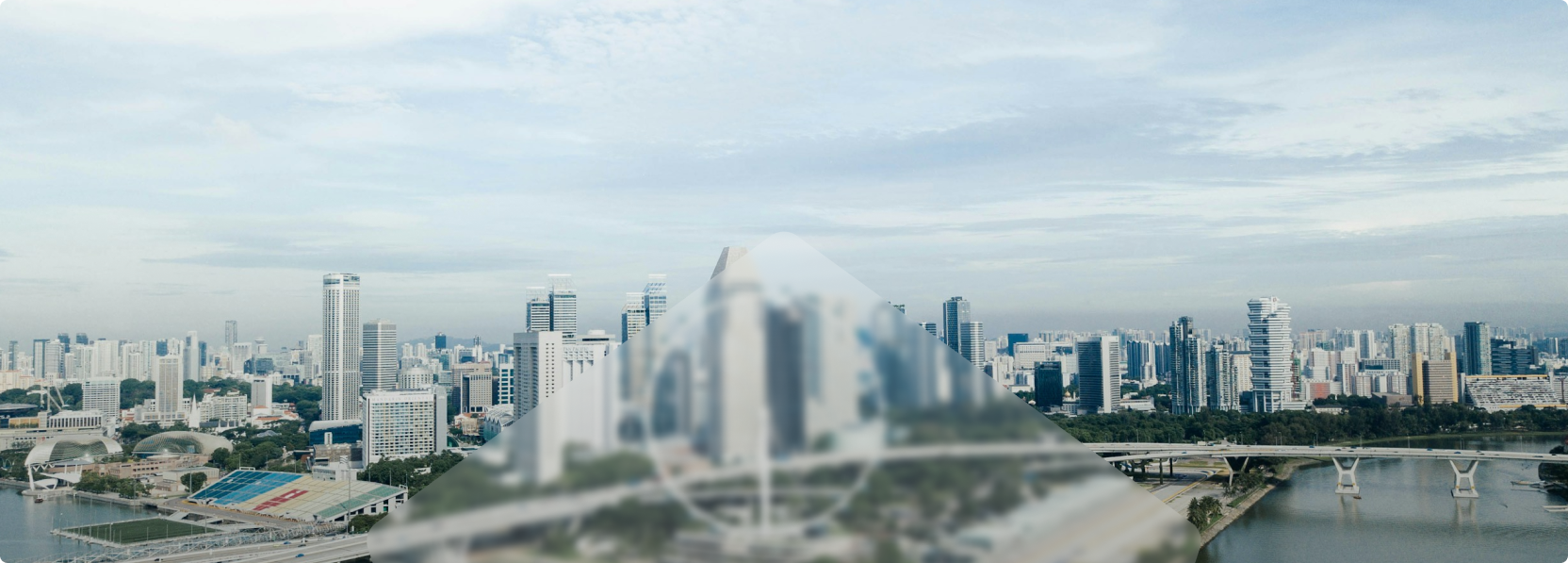
FROM LAB TO MARKET
WATER
![]()
Water Outlook
Saudi Arabia faces several natural hazards and climate-related risks that contribute to severe societal, infrastructural, and economic impacts ( Al-Bassam et al., 2014 ). For instance:
- Floods: Saudi Arabia is particularly vulnerable to flash flooding due to its arid climate and poor storm-water management in urban areas. Even minor rainfall can quickly lead to flooding in streams and dry riverbeds (wadis). While flash floods are one of the most significant natural hazards in Saudi Arabia, they cause substantial damage and loss of life. The 2009 Jeddah floods for instance, 90mm of rain fell in 4 hours, caused ~113 fatalities and damaged over 8,000 houses. Similarly, the 2011 Jeddah floods (111mm of rain-led event) resulted in the failure of the Um al-Khair Dam, resulting in 11 deaths . Overall, the economic impact of these floods was severe, with damages totaling approximately US$1 billion and reimbursements projected at US$2 billion.
- Sand and Dust Storms: These are common natural hazards in the country, which can impact visibility, air quality, and infrastructure.
- Drought: Saudi Arabia is at risk of drought conditions, which can affect water resources and agriculture.
- Extreme Weather Events: The country experiences adverse weather conditions, including heavy rainfall and strong winds. In April 2024, authorities issued warnings for such conditions in central and western Saudi Arabia.
- Climate Change Impacts: Saudi Arabia is vulnerable to climate change effects, which may exacerbate existing natural hazards and create new risks.
The interactive map below shows the frequency and spatial distribution of major disaster occurrence in KSA during 1960-2024. It is evident that major cities including Makkah, Madinah, Riyadh, and Jeddah have been facing many disasters over the past decades. This situation results in far-reaching infrastructural damages and impact on societies—thus calling for resilience building.